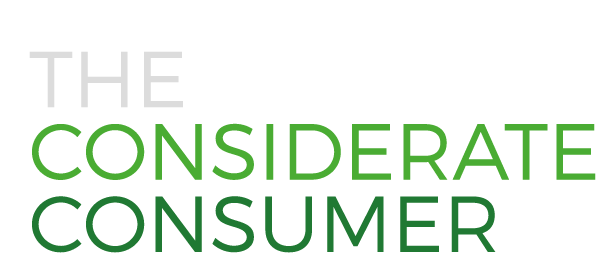WHAT IS SUSTAINABILITY?
Sustainability is typically characterized as the balance between three elements: the economy, the environment, and social equity. To get a thorough understanding of the much-used term sustainability, let’s start with the basics - the meaning of the word itself. According to the Cambridge Dictionary, the adjective ‘sustainable’ describes something that is “able to continue over a period of time” and that in relation to the environment is “causing little or no damage”.
Sustainability is often used interchangeably with the term ‘sustainable development’, which has been originally defined in 1987 by the World Commission on Environment and Development in a document ‘Our Common Future’, also known as the Brundtland Report.
“Sustainable development is the development that meets the needs of the present without compromising the ability of future generations to meet their own needs.” (WCED - Brundtland Report, 1987).
This definition has been adopted by various policymaking institutions and remains the most commonly cited worldwide.
WHY SUSTAINABILITY?
Sustainability and sustainable development, as we hinted at above, are frequently discussed, and these debates have intensified as the public awareness around topics such as climate change is increasing.
Some people may be questioning “Why should we care about sustainability? Why should we care about what happens to the future generations, when the previous generations witnessed growth in nearly all aspects of life?”
The problem is that the world is changing at a too fast pace.
Fast-paced socioeconomic development
INEQUALITY IN WEALTH - Since the 17th century and the subsequent period of industrialization being led mainly from western Europe, economic prosperity has been growing in every region of the world despite the significant inequalities in wealth among the world’s regions (Roser, 2013). For instance, the global average GDP (gross domestic product) per capita recorded in 2018 has been almost fifteen times higher compared to the number from 1820.
SOCIO-ECONOMIC DEVELOPMENT - Another dimension where the fast-paced socio-economic development can be observed is the world population, which was slowly rising for thousands of years and suddenly accelerated since the 1900s up till only recently, when it began sharply declining. To put it into numbers, the population grew from 1 to 2 billion between 1803-1928, and roughly within the same time frame of 100 years, 1928-2019, it grew to 7.7 billion (Roser, 2019).
PROGRESS ACROSS INDUSTRIES - Moreover, the progress across industries, i.e., in science, agriculture and transportation, were both driven to provide access to the needs of the booming population but also facilitated humanity to expand further. Due to this, the planet’s resources were and are being exhausted to a rate much higher than was the norm only several centuries ago.
The need for urgent action
Scientists predict catastrophic scenarios that will likely take place if humans don’t change their behaviour immediately.
Among many, an illustrative example of such a tipping point is global warming, a topic so urgent that it has spread notably from the professionals to the broader public in the last few years. The treaty signed in 2015 by 191 countries, known as the Paris Agreement, has set a goal to keep the global temperature increase below 2 degrees Celsius, preferably to 1.5, to reach the pre-industrial era levels.
Why sustainability? Effects of sustainability on the people, planet, and business (Sustainability Guide, 2018)
To achieve this goal, we must cut the Greenhouse Gas Emissions → (the primary cause of global warming) and eventually reach climate neutrality by 2050. If we fail, severe environmental changes are predicted, making Earth unsurvivable in the long term.
After putting together only a fraction of evidence on why we must act toward sustainability now, the answer to the question ‘Why care about sustainability?’ presents itself: it is not about the generations of our great-grandchildren anymore. The shift towards sustainable actions is inevitable or, as some claim - “There is no alternative to sustainable development”.
LEARN MORE
Check our sources: Bibliography →








